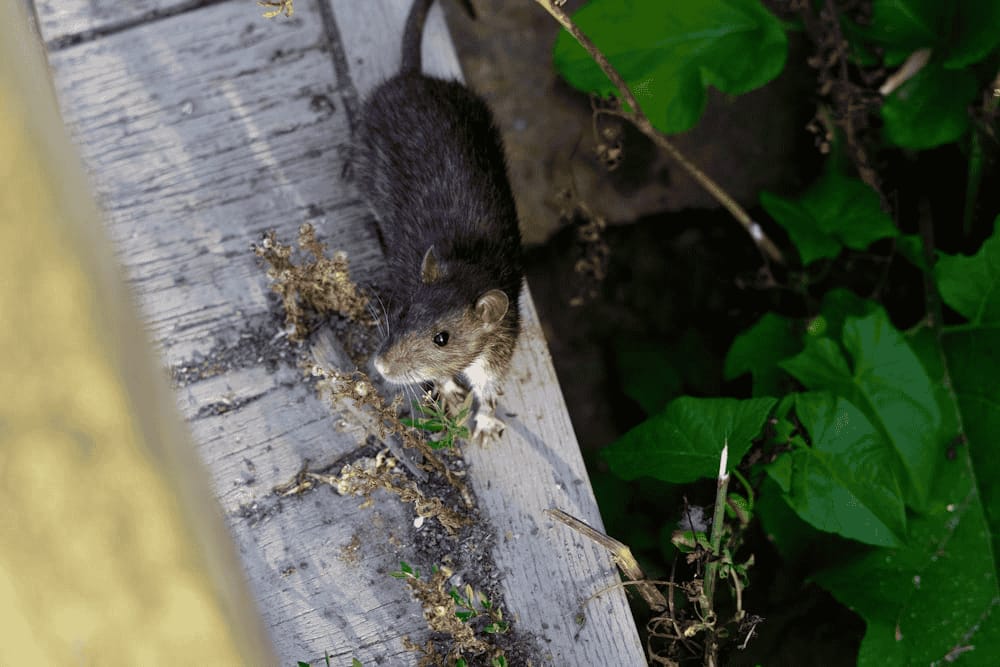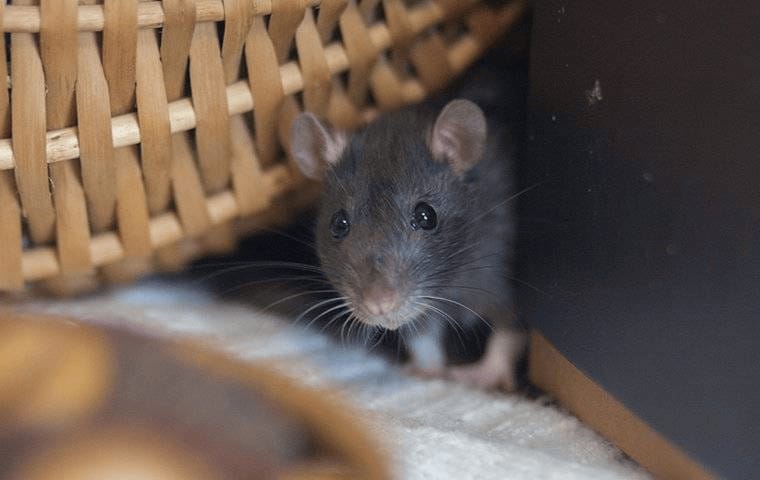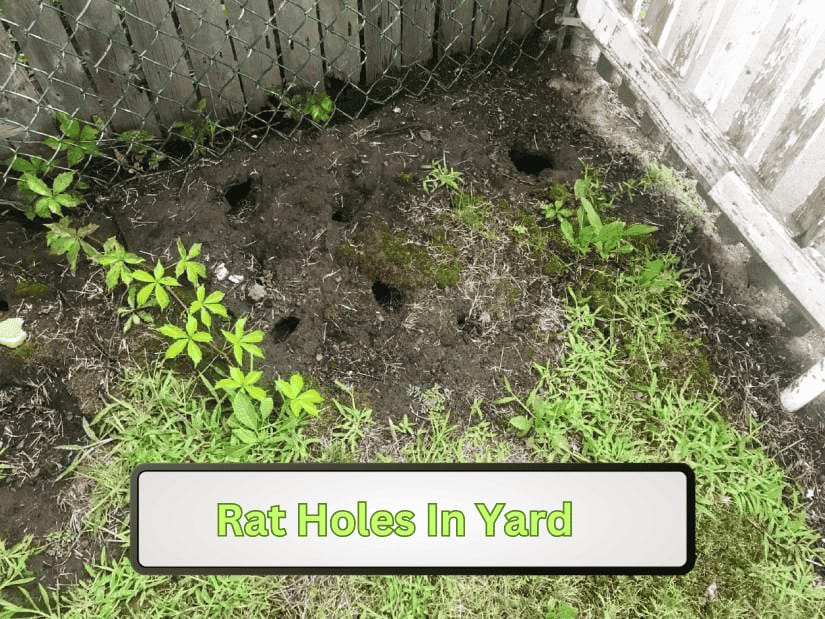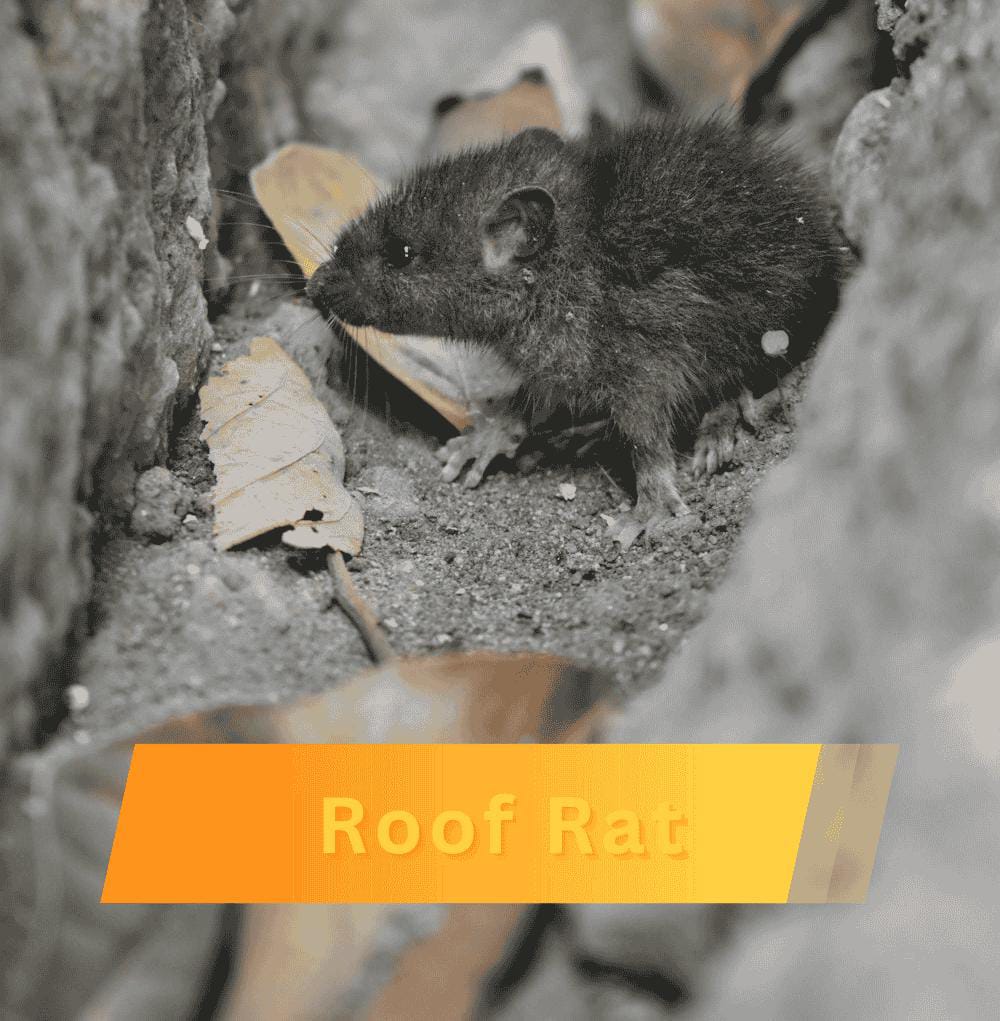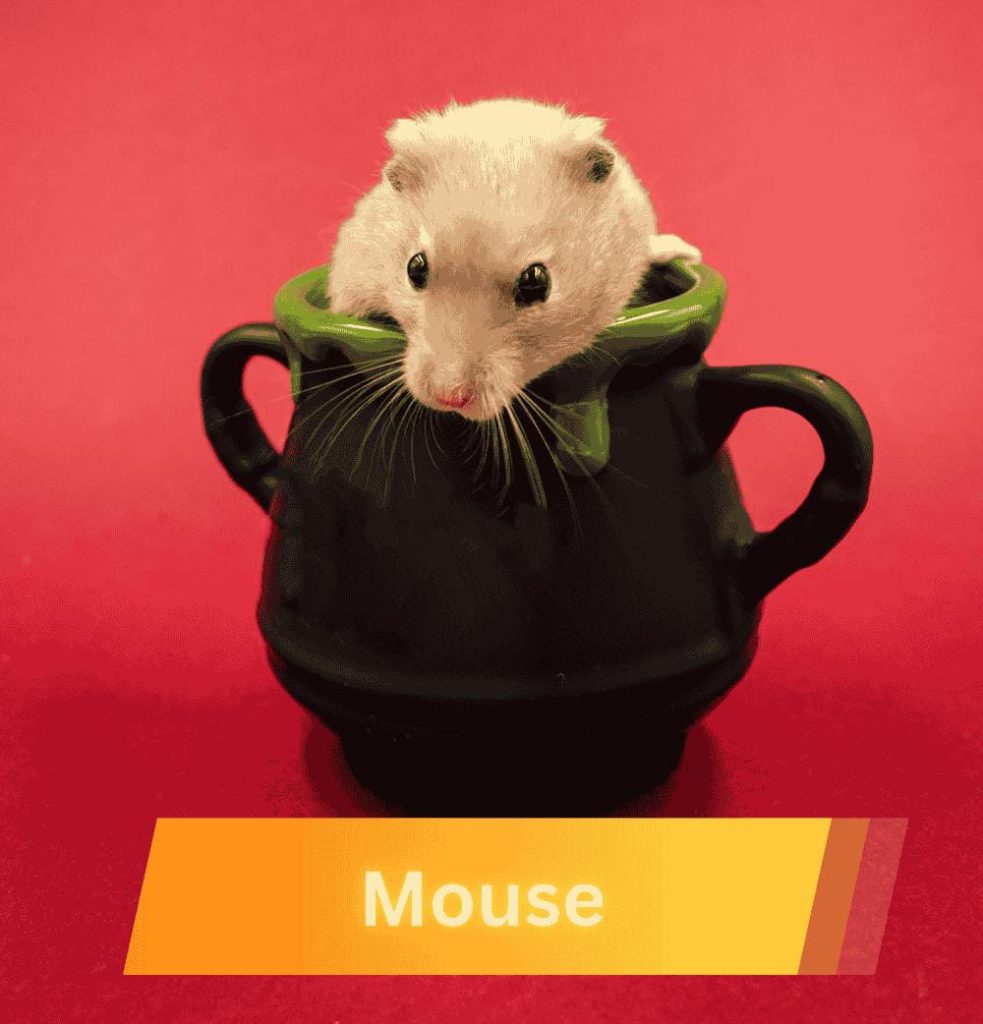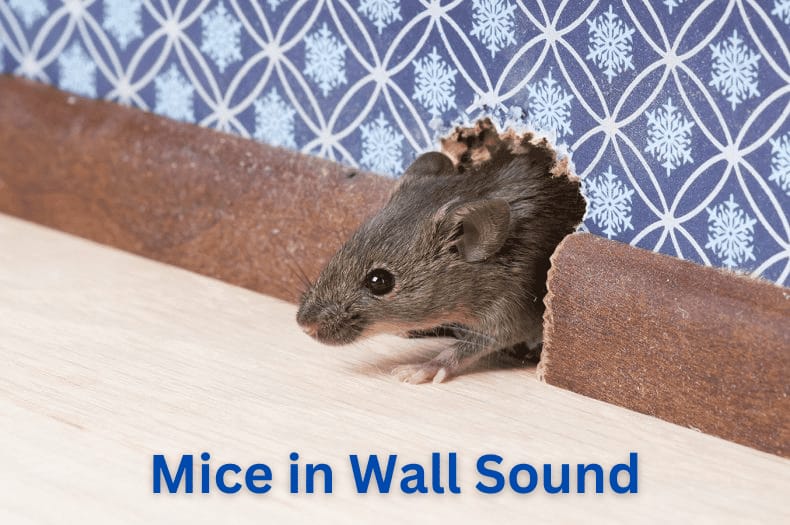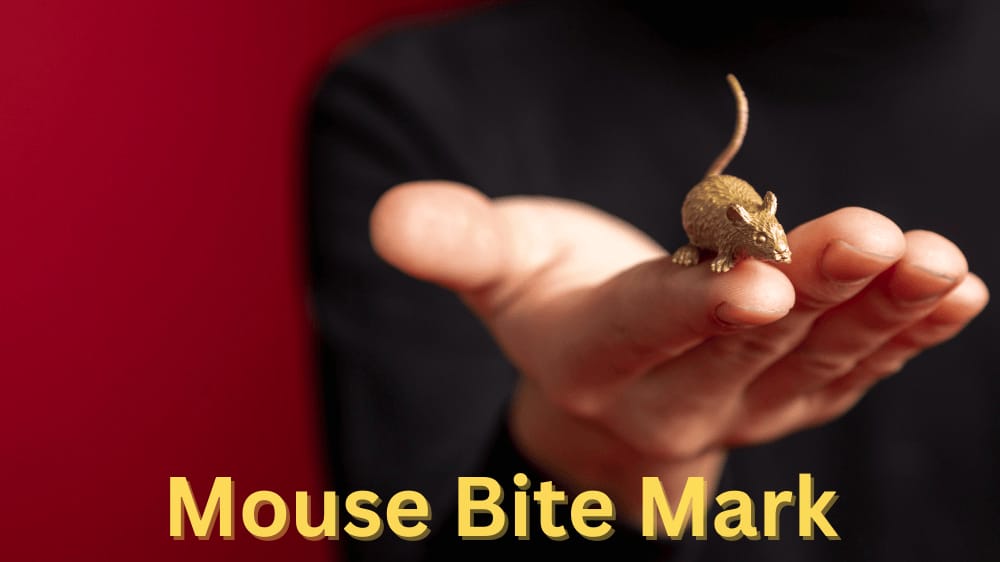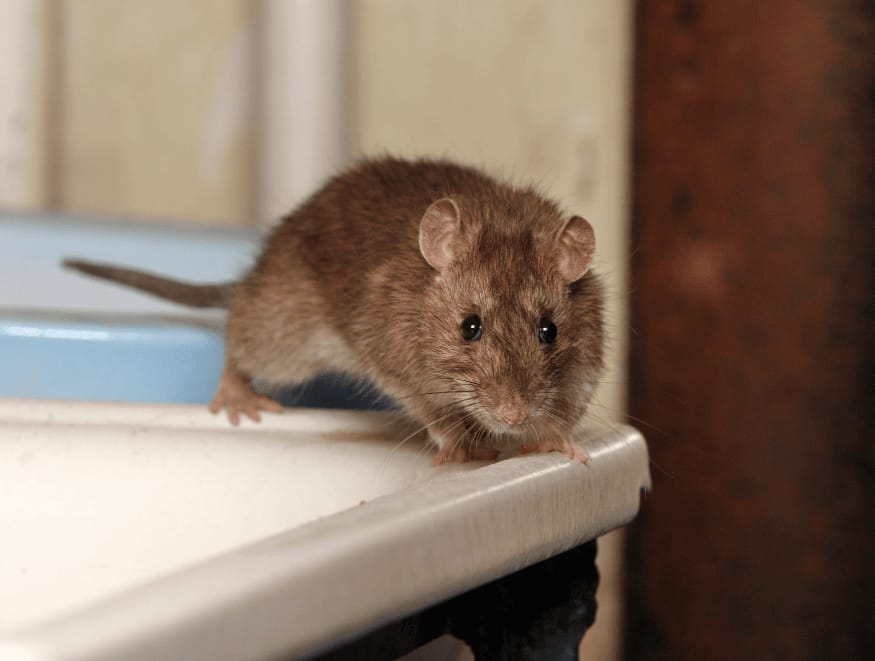Mouse Droppings feel overwhelming, especially when it’s scattered like rice-sized black pellets in unexpected corners. These rodent droppings, left behind by unwanted mouse houseguests such as house mice, roof rats, or deer mice, are more than just unsightly—they can harbor dangerous viruses and bacteria like Hantavirus, Salmonella, or even rat-bite fever. The first step to ensuring your home stays safe is to approach cleanup with the right procedures and precautions.

Mouse Droppings? – The answer
Mouse debris, including droppings from house mice and roof rats, can spread serious diseases like Hantavirus and Salmonella. Proper cleanup involves wearing gloves, using disinfectant, and safely disposing of the waste without using a vacuum or broom to prevent airborne contamination. Seek professional guidance for effective and safe removal.
Start by wearing rubber gloves and using an effective disinfectant to clean up the rodent excrement safely. Avoid stirring up droppings or nesting materials with a vacuum or broom, as this could release harmful germs into the air, increasing your exposure to rodent-borne diseases. Instead, spray contaminated areas generously with a safe disinfectant, let it sit for a few minutes, and wipe clean. Experts like fix suggest disposing of poop, urine, and even dead rodents using sealed bags to reduce risks.
Table of Contents
Identifying Mouse Droppings
Mouse droppings are spindle-shaped, thin, and rod-shaped, resembling a grain of rice, and measure 1/8 to 1/4 inch in length with pointed ends. They are smaller compared to larger rat droppings, like those from Norway rats or roof rats, which are often crescent-shaped or 1/2-moon in appearance. Spotting these droppings during cleaning efforts can help prevent diseases transmitted through exposure to urine, saliva, or nesting materials.
A Unique Guide to Handling Mouse Droppings Safely and Preventing Infestations
Step 1: Prepare the Environment
- Air It Out: Open windows and doors for at least 30 minutes to let in fresh air and reduce airborne pathogens before starting.
- Gear Up for Safety: Wear protective gear like an N95 mask, long sleeves, pants, gloves, and eye protection to ensure zero exposure to harmful particles.
Step 2: Disinfect, Don’t Disturb
- Spray, Don’t Sweep: Create a bleach solution (1 part bleach to 10 parts water) or use an EPA-approved disinfectant. Thoroughly spray the droppings and surrounding area to kill germs.
- Avoid Agitation: Never sweep or vacuum rodent droppings, as this can spread pathogens into the air.
Step 3: Clean Up with Care
- Dispose Thoughtfully:
- Use disposable paper towels or tissues to pick up droppings.
- Seal them in a sturdy plastic bag and discard in an outdoor garbage bin immediately.
- Focus on Hard Surfaces:
- Clean countertops, floors, cabinets, and furniture using a commercial-grade cleaner or sponge.
- Follow all product instructions for maximum effectiveness.
- Tackle Carpets and Bedding:
- Steam-clean carpets or wash bedding in hot water with detergent to eliminate bacteria.
Step 4: Handling Special Situations
- Nests or Dead Rodents:
- Have additional supplies (gloves, plastic bags) ready.
- Handle with care to avoid further contamination.
Step 5: Post-Cleanup Hygiene
- Decontaminate Yourself:
- Wash your gloved hands with soap and water immediately after cleanup.
- If soap and water are unavailable, use an alcohol-based sanitizer.
By combining caution with proper techniques, you can effectively clean mouse droppings.
Risks of Rat Droppings in Your Home
Discovering rat or mouse droppings in your home is a startling sign of a possible rodent infestation, posing serious health risks due to the spread of harmful contaminants and diseases. Rodents like mice and squirrels are sneaky and often hide behind furniture, leaving clues like a musky odor, gnaw marks on wood, plastic, or wiring, chewed food packaging, and nests made of soft shredded paper, cloth, or stuffing near a heat source. Identifying piles of droppings, accumulation of sawdust, and other signs can help you assess the scope and act quickly to handle the problem before it worsens.
How to Safely Dispose of Dead Rodents and Mouse Droppings
When dealing with dead rodents and their droppings, safety should be your top priority. Start by preparing a mixture of 1 part bleach to 9 parts water to act as a powerful disinfectant. Spray this solution generously over the droppings and the dead rodents to kill harmful bacteria. Use a paper towel or disposable gloves to pick up the debris, placing everything carefully into a plastic bag.
Place the sealed plastic bag into an outdoor garbage bin or another appropriate refuse container.After disposing of the waste, wash your hands thoroughly with soap and warm water to eliminate any contamination.
Conclusion
Mouse droppings pose serious health risks, spreading diseases like Hantavirus and Salmonella. Safe cleanup involves wearing protective gear, disinfecting thoroughly, and avoiding sweeping or vacuuming to prevent airborne pathogens. Proper disposal, hygiene, and early infestation detection are crucial for maintaining a safe, disease-free home. Seek professional help for severe cases.
FAQ’s
What can I use to disinfect mouse droppings?
Wear rubber gloves, use an EPA-registered disinfectant spray or bleach solution, and soak the urine and droppings for several minutes. Wipe with paper towels and dispose of them safely. Wash hands after cleaning.
How long do mouse droppings remain infectious?
Mouse droppings stay infectious for 2 to 3 days at room temperature, with colder temperatures lengthening and the sun shortening this period. They can harbor viruses and bacteria like Salmonella, so clean thoroughly with a disinfectant.
What if I accidentally touched mouse poop?
If you touch mouse droppings, wash your hands immediately with soap and water. Avoid prolonged exposure in poorly ventilated areas.
